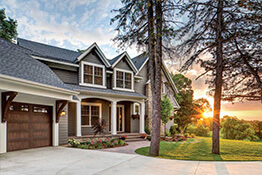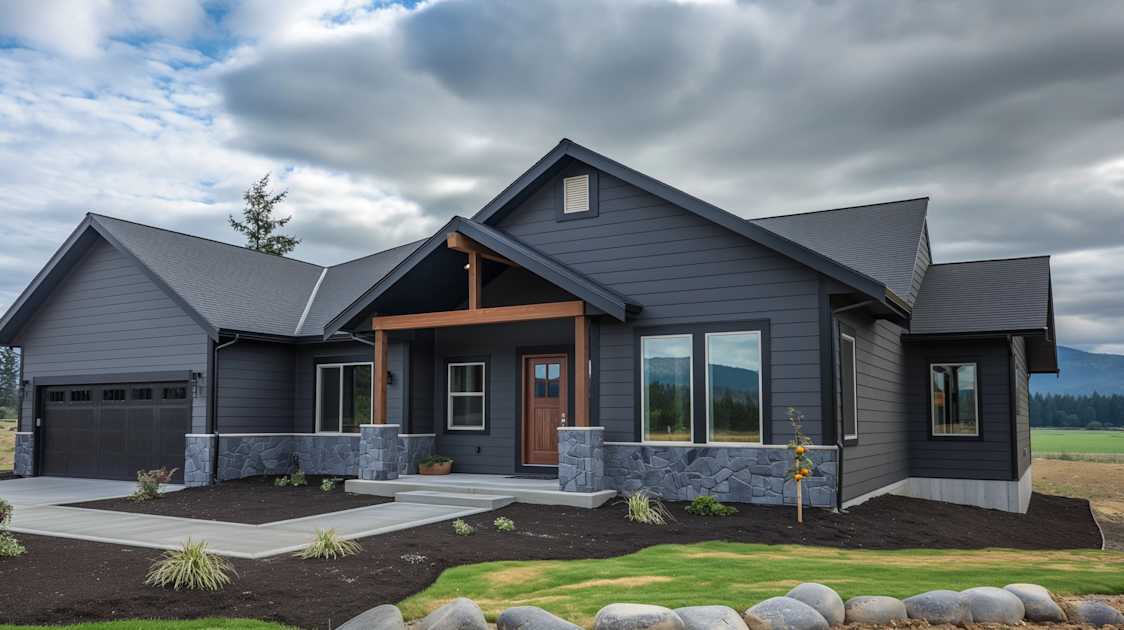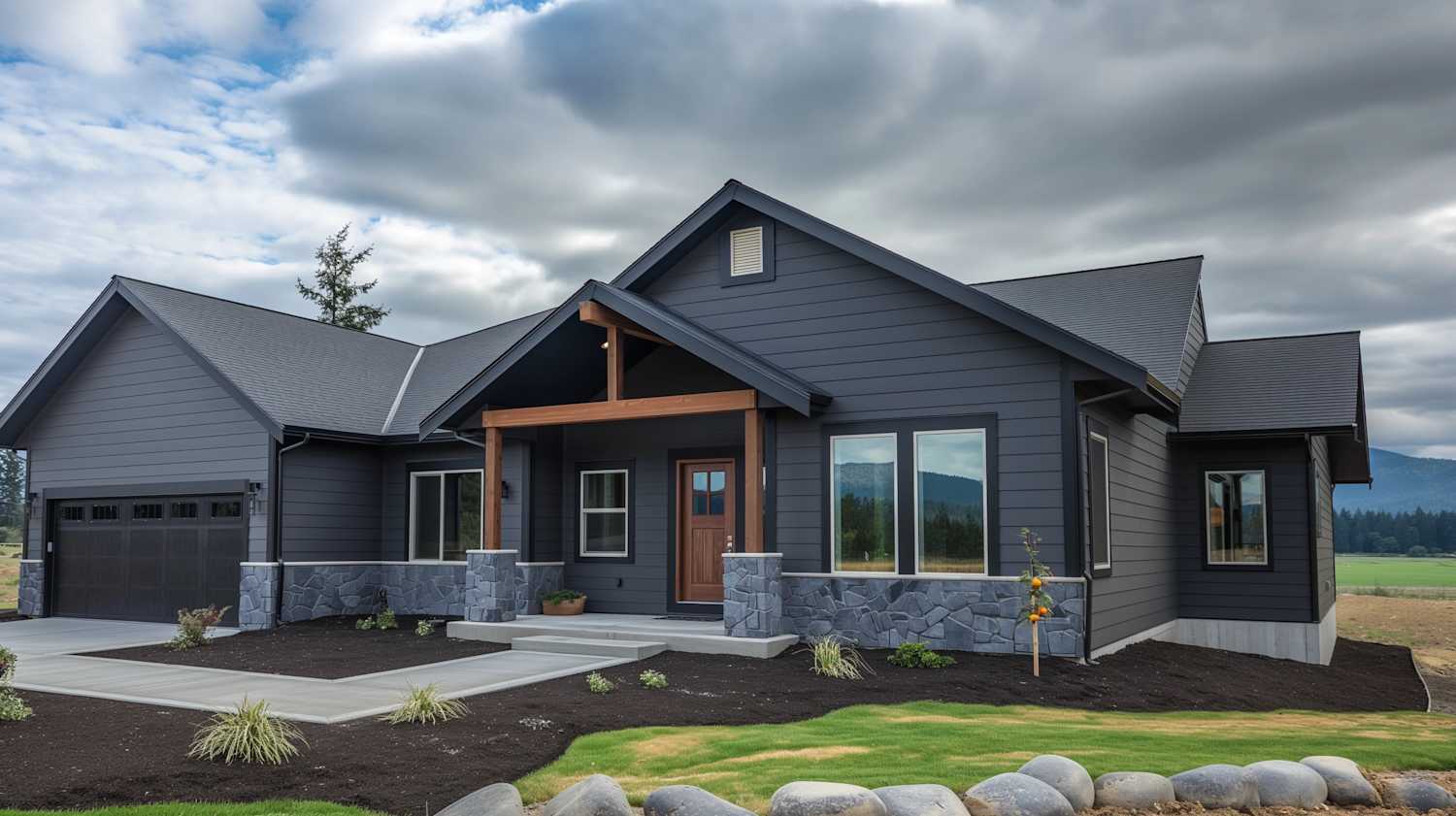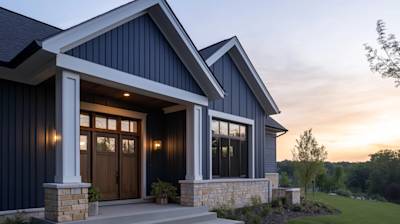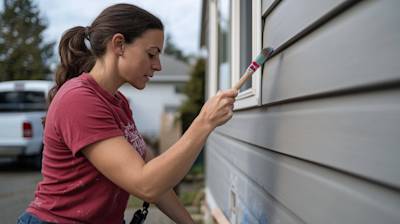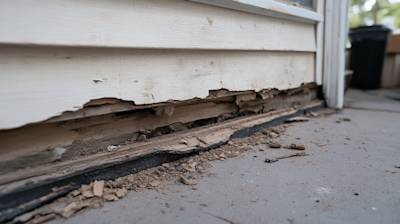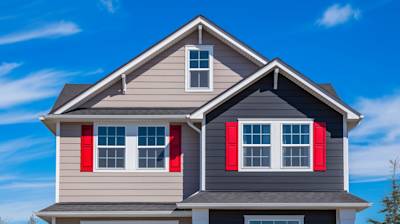Understanding the Basics of Lap Siding
Known for its unique charm and timeless beauty, lap siding remains a favorite building material among homeowners and construction professionals alike. This type of siding, often called clapboard or horizontal siding, provides many benefits, making it a popular choice for various residential and commercial projects. In this comprehensive guide, we'll delve into the particulars of lap siding, discussing its features, installation process, materials, and maintenance.
Key Features of Lap Siding
When it comes to architectural aesthetics and durability, lap siding stands out. It is characterized by its distinct overlapping pattern, with the top edge of each panel overlaying the bottom edge of the one beneath it, forming a lap. This design is not only aesthetically pleasing but also provides exceptional protection against harsh weather conditions.
Beyond its functional benefits, lap siding also offers a range of options for customization. It comes in an array of materials, colors, and finishes providing homeowners with the opportunity to create a personalized exterior that reflects their style.
Materials used in Lap Siding
Lap siding can be crafted from a variety of materials, each offering distinct advantages. Here are some of the most common ones:
- Wood: It's a classic choice known for its warm, natural look. Common types of wood used for lap siding include cedar, pine, and spruce.
- Vinyl: This is a cost-effective, low-maintenance option available in a wide range of colors and textures.
- Fiber cement: This is a highly durable and fire-resistant material that can mimic the appearance of wood, stucco, or masonry.
- Aluminum: This lightweight, durable material offers high resistance to weather conditions and pests.
Installation of Lap Siding
The installation of lap siding requires careful measuring, cutting, and fitting. Although it can be a DIY project for some, it's generally recommended to hire a professional. This ensures the siding is installed correctly, providing the highest level of protection for your home.
The installation process typically starts with preparing the wall surface, which involves removing old siding, if present, and installing a moisture barrier. Next, the siding panels are meticulously installed, starting from the bottom of the wall and progressing to the top, ensuring each piece overlaps the one beneath it to form the 'lap'. Special attention is paid to the corners and openings, like windows and doors, to ensure a tight, waterproof seal.
Maintaining Your Lap Siding
The maintenance requirements for lap siding depend largely on the material used. However, regular inspections and speedy repairs can help prolong the lifespan of any siding material. For instance, wooden siding may need periodic painting or staining to maintain its look and durability, while vinyl siding mainly needs occasional washing to remove dirt and mildew.
Important Tips for Lap Siding Maintenance
- Keep an eye out for signs of damage. Small issues like cracks or loosened panels can lead to larger problems if not addressed promptly.
- Clean your siding regularly. This not only keeps it looking its best, but also enables you to spot and address any problems early on.
- Follow the manufacturer's care instructions. Each siding material has unique care requirements. Avoiding harsh chemicals or cleaning methods can help prevent damage.
- If you notice substantial damage or wear, consider hiring a professional to repair or replace the affected panels.
Lap siding is a versatile, durable, and attractive option for those looking to enhance the aesthetic appeal and weather resistance of their homes. By understanding the features, installation, materials used, and maintenance of this popular siding option, homeowners can make an informed decision when it comes to home renovation or building their dream house.
Frequently Asked Questions about Lap Siding
What are the different types of lap siding?
There are various types of lap siding from traditional clapboard to modern seamless types. The common ones include Dutch lap, shiplap, bevel, and board-and-batten. Each type presents a different visual aesthetic based on how the panels overlap and their profile variations.
Is lap siding weather-resistant?
Absolutely, one of the main advantages of lap siding is its excellent resistance to harsh weather conditions. When installed correctly, it efficiently protects your home from wind, rain, and even extreme temperatures. The type of material used, however, may impact the siding's functionality and durability.
What materials are used to make lap siding?
Lap siding can be crafted from several materials including vinyl, wood, fiber cement, and aluminum. Each material has its unique strengths. For instance, vinyl is inexpensive, low maintenance, and does not fade; wood offers a beautiful classic aesthetic; fiber cement is fire and termite-resistant; while aluminum is robust, durable and recyclable.
How durable is lap siding?
The durability of lap siding largely depends on the material used and how well it is maintained. For instance, vinyl and aluminum siding might last decades if well maintained, while wood siding requires more frequent maintenance to keep it in good shape. Fiber cement siding is known for its exceptional durability, sometimes lasting up to fifty years or more.
How does lap siding installation work?
The installation process of lap siding involves measuring and cutting the siding panels, nailing them to the house starting from the bottom, and overlapping each successive panel onto the one beneath it. The process can be intricate, hence why it's frequently recommended to hire a professional to ensure optimal performance and excellent aesthetics for your siding.
Is lap siding expensive?
The cost of lap siding varies based on the material, the size of your house, the complexity of installation, and labor costs in your area. Typically, vinyl is the least expensive option, followed by aluminum, wood, and finally fiber cement siding, which can be more expensive due to its enhanced durability and aesthetic appeal.
Can lap siding be painted?
Yes, lap siding can certainly be painted. Whether you're working with wood, vinyl, or fiber cement, you can apply a fresh coat of paint to either refresh old siding or change up the color according to your aesthetic preference. Just remember to employ the appropriate techniques and materials for each type of siding material.
What is the maintenance like for lap siding?
Maintenance for lap siding varies depending on the material used. Vinyl typically requires the least maintenance—mostly routine washes. Wood, on the other hand, may require periodic painting or staining to prevent weather damage. Fiber cement and aluminum siding fall somewhere in between, needing only occasional cleaning and minor repairs to maintain their appearance and durability.
How is lap siding different from other siding options?
Lap siding distinguishes itself from other siding options through its horizontal design, giving homes a classic, yet timeless appearance. This kind of siding also often offers better weather protection due to the overlapping installation style, which creates a reliable barrier against elements. Lastly, lap siding can be made from various materials, giving homeowners a broad range of options in terms of cost, aesthetics, and durability.
Pros & Cons of Lap Siding
Pros of Lap Siding
Durability
- Lap siding, especially when made with materials like fiber-cement or vinyl, is highly durable and can withstand extreme weather conditions.
- It does not crack or warp easily, which contributes to its longevity. Hence, it is an excellent option for a house siding.
- Lap siding made from hardboard or engineered wood is known for its toughness, making it resistant to dents and damages.
Aesthetics
- Lap siding can enhance the curb appeal of any house as it comes in a variety of colors and textures, allowing homeowners to choose according to their preferences and the architectural style of their houses.
- The shadow lines created by lap siding can add depth and interest to the exterior of homes, giving it a traditional yet stylish appearance.
Maintenance
- With proper installation, lap siding demands minimal maintenance, saving you both time and money. Vinyl lap siding, for instance, only requires an occasional wash.
- Lap siding made from engineered wood or fiber cement doesn't need repainting as often as traditional wood siding. This makes it an efficient and budget-friendly option in the long run.
Environmental Impact
- Fiber cement lap siding is an environmentally friendly option because it's made from sustainable materials like cement, sand, and recycled wood fiber. This does not lead to deforestation and reduces landfill waste.
- Engineered wood lap siding is made from wood waste, preventing these materials from going into landfills and aiding in resource conservation.
Cons of Lap Siding
Installation
- Although lap siding can be installed as a DIY project, professional help is preferable for ensuring precise installation. This can increase overall installation costs.
- Improperly installed lap siding may allow water seepage into the walls, which may result in mold growth and structural damages. Therefore, it requires a high level of precision and craftsmanship.
Cost
- Materials like fiber-cement and engineered wood lap siding can be quite expensive compared to other siding options. The installation costs associated with these materials are also higher.
- Although vinyl lap siding is a more affordable option initially, it may not endure extreme environmental conditions as well as other materials, incurring additional repair, maintenance and replacement costs in the long run.
Maintenance
- Though overall maintenance is low, lap siding may require periodic inspections for repairing cracks, loose boards, and potential moisture damages.
- Wooden lap siding might need frequent painting or staining to maintain its aesthetic appeal and prevent decay.
Environmental Impact
- While fiber cement and engineered wood sidings are sustainable, vinyl lap siding is made from non-renewable petroleum products, making it less environmentally friendly. It also emits harmful toxins when burnt.
- The production process of vinyl lap siding also uses a significant amount of energy, contributing to carbon emissions.
Summary
Lap siding can bring a big difference when it comes to your home's appearance. It's a versatile siding option which can easily adapt to your style, whether you're going for a classic or modern look. It's also a great choice if you want something durable and low-maintenance, capable of withstanding different weather conditions. With lap siding, you can certainly improve not just your home's aesthetic appeal, but its overall value too.
When choosing lap siding, it's essential to consider its quality and installation. Incorrect installation can lead to issues like water damage over time. Ensuring proper installation can save homeowners from costly repairs down the line. However, with the right lap siding product and trusted installation service, homeowners can be rest assured of a worthwhile investment that benefits their home for years.
Installation concerns aside, choosing lap siding allows you to tap into additional benefits. It offers a wide range of colours and styles, making it easy to customize to suit your house's unique design. Its cost-effectiveness over time also makes it a popular choice among many homeowners. Above all, lap siding reflects your personal style and gives your home that extra curb appeal. Overall, it's a fantastic option to consider for its beauty, durability and value for money.
About US Quality Construction of Columbus
Meet US Quality Construction of Columbus! We're a Columbus, OH-based construction company with a passion for bringing incredible spaces to life. We believe in building more than structures; we build relationships based on trust, quality, and customer satisfaction. Our skilled team is dedicated to delivering top-notch results that stand the test of time. So whether you're dreaming up a new commercial building or renovating a beloved family home, US Quality Construction of Columbus is here to make it happen. Because to us, there's nothing more satisfying than seeing our clients' visions come to life.
Tags: Home Improvement, Exterior Design, Lap Siding,
